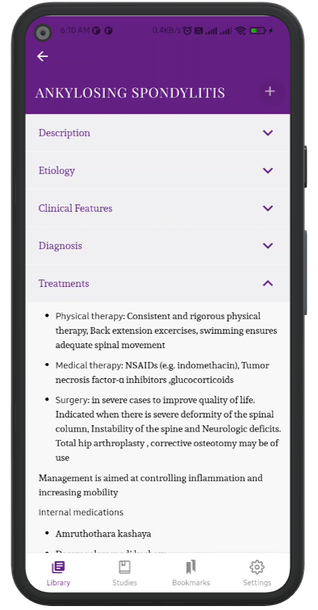TOTAL RBC COUNT
Types
- Red Blood cells, also called as Erythrocytes are produced in the bone marrow. The human red blood cell is normally a circular, non-nucleated, biconcave disc. It contains haemoglobin. The surface area of red blood cell is much greater than that of a sphere of the same size. Thus the exchange of oxygen and carbon dioxide is maximal with the b...
Description
In adults:
Male:
- 5.2 (4.5 -6) million per mm3 of blood
Female:
- 4.7 (4- 5.5) million per mm3 of blood
When to get Tested
- As a part of Complete Blood Count
- When there is s/s of Anemia (weakness or fatigue, lack of energy, fainting, pallor, fast or irregular heartbeat, cold hands or feet)
- When there is s/s of Polycythemia (disturbed vision, Dizziness, headache, flushing, Enlarged spleen)
Elevated Level
Physiological
- High altitude (due to hypoxia)
- New born have high count
- Excessive sweating (due to haemo concentration)
Pathological
- Conditions that produce haemo concentration (due to loss of body fluid) e.g. severe diarrhoea and vomiting
- Conditions that produce chronic hypoxia e.g. congenital heart disease and emphysema
- Polycythemia vera
- Dehydration
- Lung disease
Decreased Level
Physiological
- Pregnancy (due to haemodilution)
- Children have lower values than adults
- Women have lower values than men
Pathoogical
- Different types of anemia
- Relative decrease in RBC count occurs in different pathological conditions that produce hemodilution.
- Excess ADH secretion as occurs in posterior pituitary tumours
- Iron deficiency
- Bone marrow disorders
- Chronic inflammatory disease
- Chronic Kidney disease

